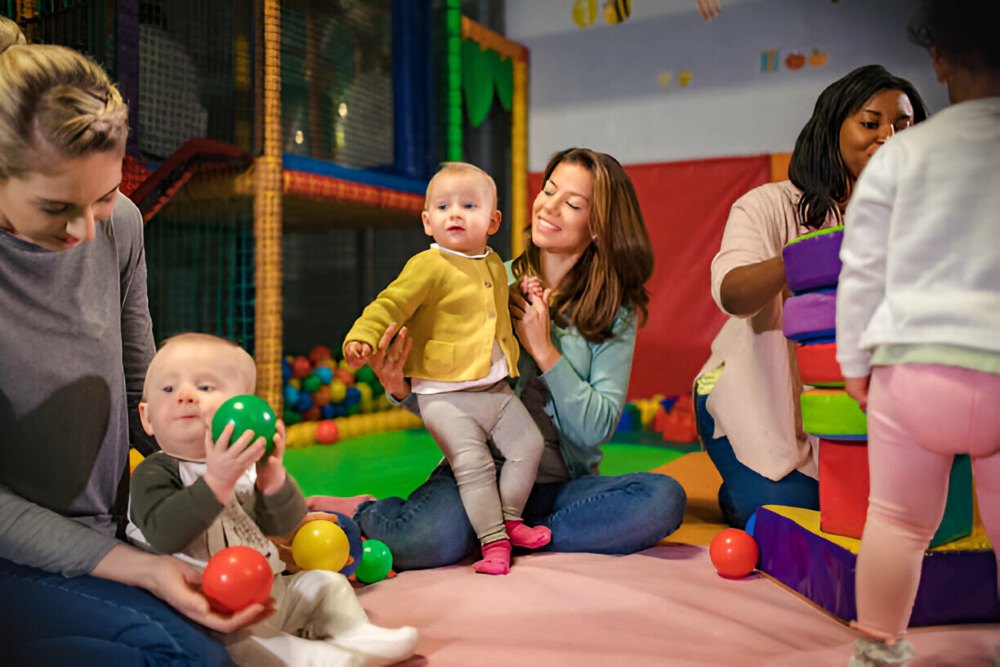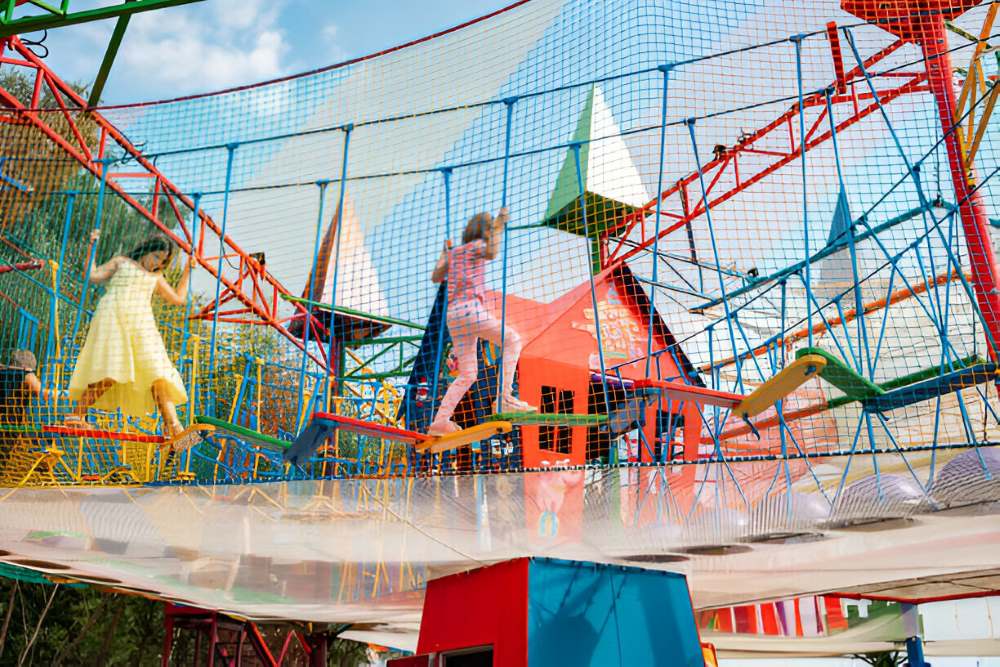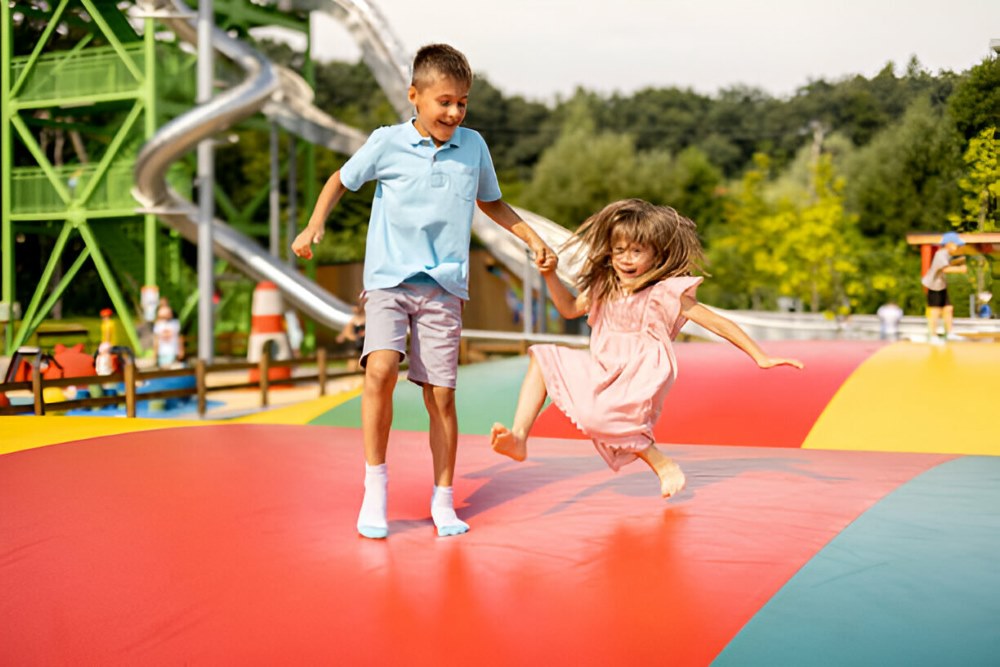Community engagement serves as the cornerstone of vibrant and resilient societies. It fosters connections, builds trust, and nurtures a sense of belonging among residents.
Soft play areas play a pivotal role in facilitating such engagement by providing spaces where families can come together, forging bonds and strengthening community ties. This article aims to explore the multifaceted roles of soft play areas in community development.
From serving as bustling hubs of social interaction to driving economic growth and promoting social cohesion, these areas offer numerous benefits that extend far beyond mere entertainment.
Definition of Soft Play Areas
Soft play areas, often nestled within recreational centers or designated spaces, offer safe and stimulating environments for children to explore, play, and interact.
Setting up a soft play area typically features cushioned surfaces, climbing structures, slides, and other play equipment designed to promote physical activity and imaginative play.
Future research could delve deeper into the nuanced ways in which soft play areas influence community dynamics, including long-term social and economic impacts.
Moreover, initiatives aimed at enhancing accessibility and affordability could further broaden the reach and impact of these areas, ensuring that they remain accessible to all members of society.
Community Hubs
Community hubs are spaces that serve as focal points for social, recreational, and cultural activities within neighborhoods or towns. They provide a platform for community members to gather, collaborate, and engage in various pursuits that enhance their quality of life.

Soft play areas act as microcosms of community hubs, attracting families from diverse backgrounds and ages. Within these spaces, caregivers have opportunities to connect with one another, share experiences, and build support networks. Moreover, children learn valuable social skills as they navigate interactions with their peers in a playful and supportive environment.
Gathering Spaces
Gathering spaces serve as vital arteries that nourish the social fabric of communities. They offer platforms for spontaneous encounters, organized events, and collective celebrations, fostering a sense of unity and belonging among residents.
Soft play areas serve as dynamic gathering spaces where families converge to unwind and socialize. Through shared experiences and interactions, caregivers form friendships, exchange parenting tips, and offer each other support. Children, meanwhile, learn the fundamentals of cooperation, empathy, and conflict resolution through play-based interactions.
The presence of accessible gathering spaces, such as soft play areas, contributes to the overall well-being and resilience of communities. By fostering social connections and a sense of belonging, these spaces mitigate feelings of isolation and strengthen social cohesion, thereby enhancing community resilience in the face of challenges.
Catalysts for Local Tourism
Soft play areas possess the potential to enhance the tourism appeal of destinations, especially for families with young children. These attractions offer a unique blend of entertainment and recreation, appealing to both locals and visitors alike.
To capitalize on their tourism potential, these areas can be integrated into broader destination marketing campaigns. Highlighting the family-friendly amenities and activities available in the vicinity can attract tourists seeking memorable experiences for their entire family.

Several destinations have successfully leveraged soft play areas as key components of their tourism offerings. Whether as standalone attractions or part of larger entertainment complexes, these spaces contribute to the overall appeal and competitiveness of destinations, drawing visitors and stimulating economic activity.
Economic Growth
Soft play areas generate direct and indirect economic benefits for communities. Beyond revenue generated from admissions and concessions, these attractions stimulate spending in surrounding businesses, such as restaurants, hotels, and retail establishments.
Soft play areas contribute to the diversification of local economies by attracting visitors and tourism dollars. Additionally, they create employment opportunities, both directly through staffing and indirectly through the demand for goods and services in the local supply chain.
To maximize their economic impact, soft play areas can collaborate with local businesses and tourism organizations to create bundled packages and promotional offers. Moreover, investing in quality infrastructure and amenities can enhance the overall visitor experience, encouraging repeat visits and positive word-of-mouth recommendations.
Social Cohesion
Social cohesion serves as a linchpin for community development, fostering trust, cooperation, and collective action among residents. It entails creating inclusive environments where individuals from diverse backgrounds feel valued, respected, and connected.

Soft play areas serve as inclusive spaces where children of varying abilities, cultural backgrounds, and socio-economic statuses can come together to play and learn. By fostering positive interactions and celebrating diversity, these spaces promote empathy, understanding, and mutual respect among young participants.
Conclusion
Soft play areas play multifaceted roles in community development, serving as vibrant hubs of social interaction, catalysts for local tourism, drivers of economic growth, and promoters of social cohesion.
The significance of soft play areas extends beyond their recreational value, encompassing their profound impact on community well-being, resilience, and prosperity.
By nurturing social connections, fostering inclusivity, and stimulating economic activity, these spaces contribute to the holistic development of communities.










